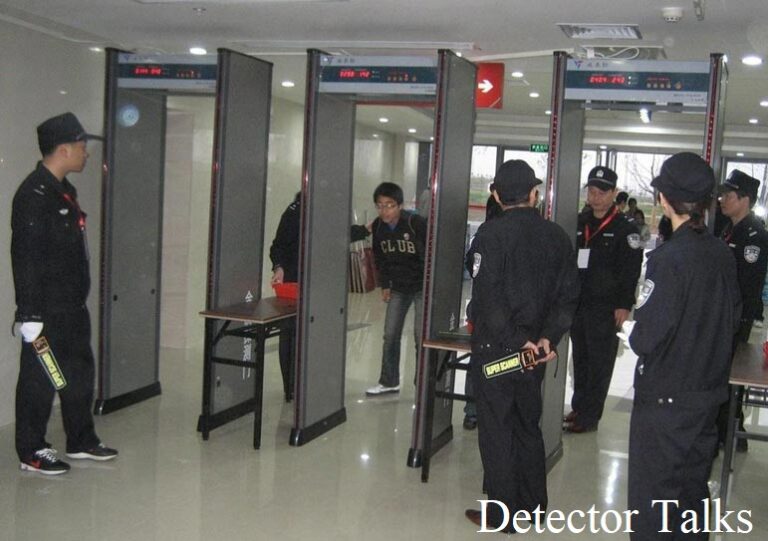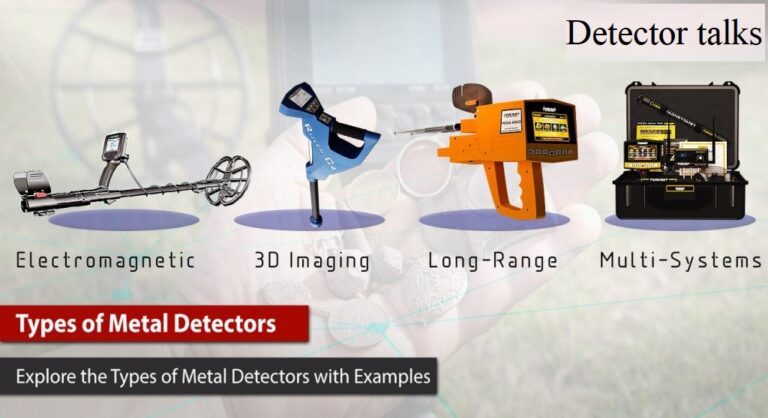Helicopter Metal Detector
A metal detector is an electronic device that can detect the presence of metal nearby. Metal detectors are used in various settings, from security checkpoints to construction sites. A helicopter metal detector is a type of metal detector that is mounted on a helicopter.
This type of metal detector is used to scan for hidden metals, such as weapons or explosives.
If you’re looking for a high-tech way to find buried metal objects, a helicopter metal detector may be just what you need. This innovative device uses low-frequency electromagnetic waves to detect buried metals, making it ideal for locating hidden treasures or archaeological artifacts. Here’s how it works:
The helicopter metal detector consists of two parts: a transmitter and a receiver. The transmitter sends out low-frequency electromagnetic waves that penetrate the ground. When these waves hit a buried metal object, they create an electrical signal the receiver detects.
By interpreting these signals, the device can identify the buried object’s location, depth and size. This technology has been used successfully to locate small objects like coins and larger ones like shipwrecks. In addition, it can be used to map subsurface features such as caves and tunnels.
If you’re looking for a new way to find hidden treasures, a helicopter metal detector may be just what you need!
What is the Deepest Detecting Metal Detector?
If you’re looking for the deepest-detecting metal detector, you’ll want to look for a pulse induction (PI) model. PI detectors are designed to penetrate deeper into the ground than other detectors, making them ideal for treasure hunters searching for buried objects at greater depths.
One downside of PI detectors is that they can be more difficult to use than other detectors, so it’s important to read the user manual carefully before operating one.
Are Metal Detectors Allowed on Airplanes?
Are metal detectors allowed on airplanes? The short answer is yes; however, there are a few things to remember when going through airport security with a metal detector. First, it is important to remember that all electronic devices are subject to additional screening at the airport.
This means that your metal detector may also be subject to additional screening. Additionally, please be aware that the TSA has the right to ask you to remove any item from your carry-on bag or person for further inspection.
If you have questions about what you can bring through airport security, please get in touch with the TSA directly.
What Cannot Be Detected by a Metal Detector?
A metal detector is a tool that can detect the presence of metals in an area. However, there are some things that metal detectors cannot detect. Gold is one of the most common things metal detectors cannot detect.
This is because gold is not a magnetic material, so a metal detector will not affect it. Another thing that metal detectors cannot detect is lead. Lead is also not a magnetic material and will not be detected by a metal detector.
Another common thing that metal detectors cannot detect is aluminum. Aluminum foil can often block signals from reaching the sensor on a metal detector, meaning that any metals behind the foil will not be detected.
Finally, water can also block signals from reaching the sensor on a metal detector, making it difficult to find metals underwater.
What is the Most Valuable Thing Found with a Metal Detector?
This is a difficult question to answer definitively, as the value of any given item is subjective. However, some items that would typically be considered valuable if found with a metal detector include things like jewelry, coins, and other metal objects that are rare or have historical significance. The more unique or special an object is, the more likely it is to be considered valuable.
Conclusion
A group of scientists in China has created a metal detector that can be mounted on a helicopter, making it easier to find lost objects or people in remote areas.
The device uses sensors to detect metals within a certain radius and then sends a signal to the helicopter so that it can home in on the target. The team believes the device could be used for search and rescue missions or to help locate mineral deposits.







